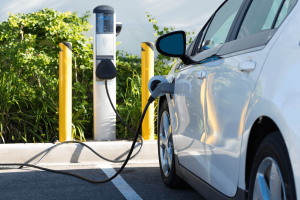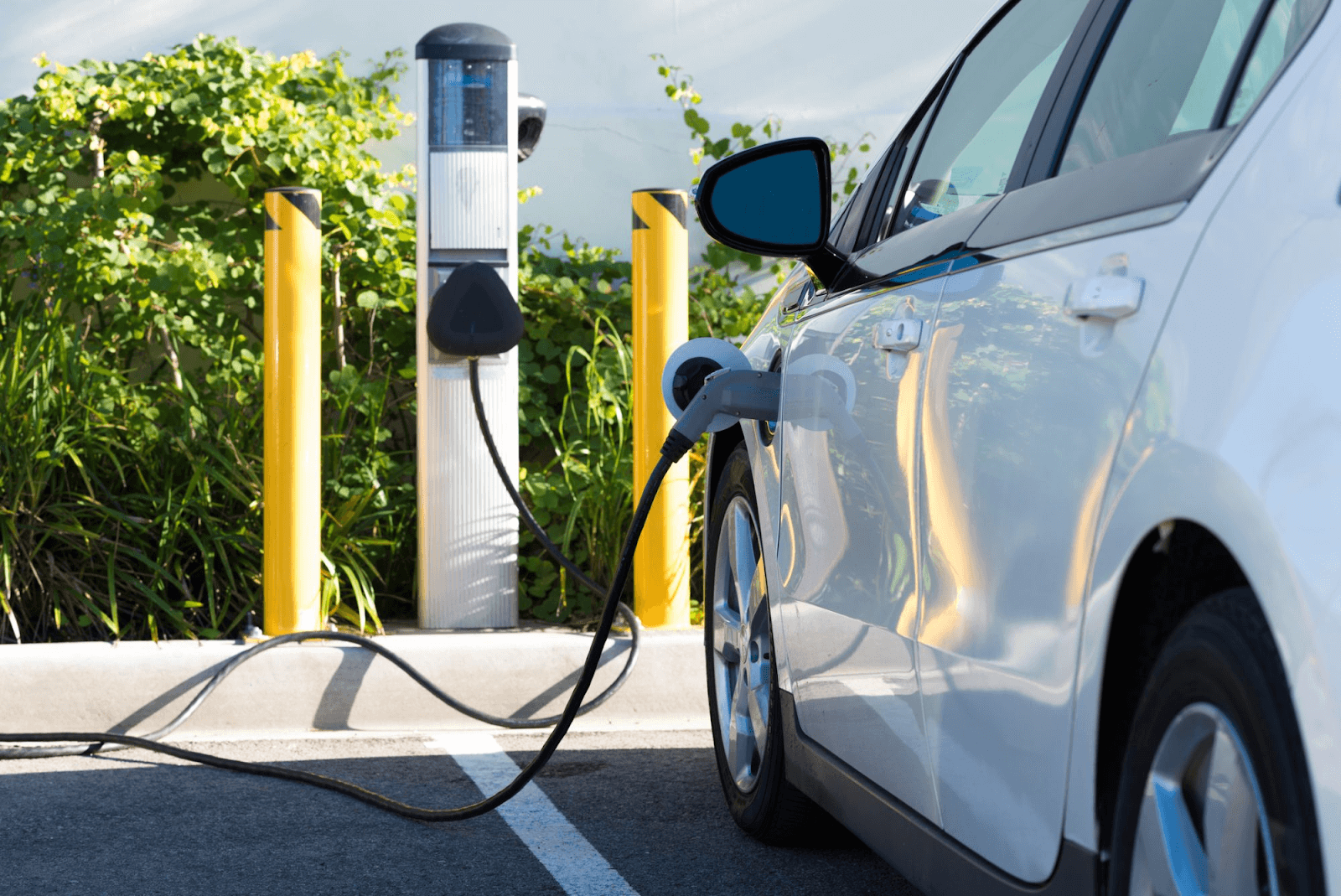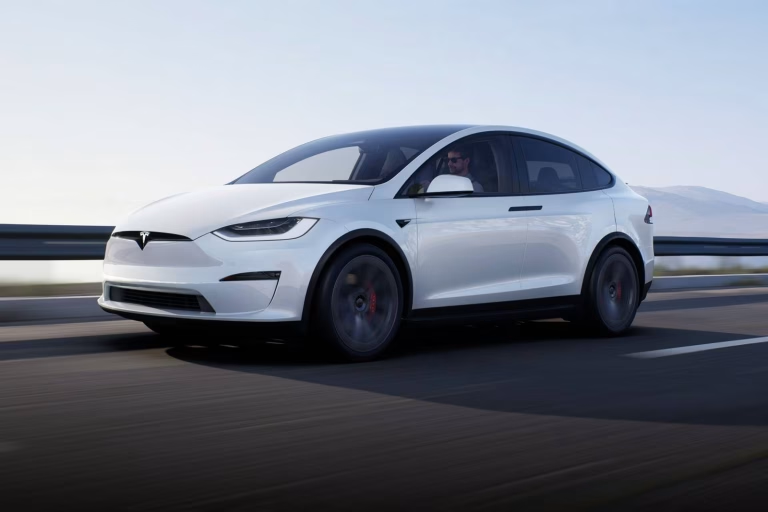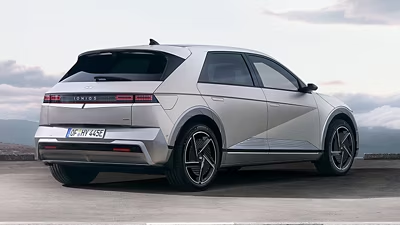The Ultimate Guide to Electric Vehicles: Benefits and Drawbacks
Electric vehicles (EVs) have been quite popular in the last few years because people are worried about climate change, air pollution, and the need for transportation that is good for the environment. Electric vehicles (EVs) are very important as the world moves toward a transportation system that is better for the environment and uses more advanced technology. This guide goes into great detail about the pros and cons of electric vehicles, which will help you understand what they can and can’t do.
What are vehicles that run on electricity?
Electric vehicles are cars, buses, lorries, or other vehicles that get some or all of their power from electricity. They have one or more electric motors that move them and get their power from a rechargeable battery pack or another device that stores energy. There are three main types of electric vehicles (EVs):
- Battery Electric Vehicles (BEVs): These cars run on electricity stored in a battery and don’t have an internal combustion engine. The Tesla Model 3 and the Nissan Leaf are two examples.
- Plug-in Hybrid Electric Vehicles (PHEVs): These cars have both an electric motor and an internal combustion engine, as well as a battery that can be charged. They can go a given distance on electricity alone before switching to hybrid mode. The Chevrolet Volt and the Toyota Prius Prime are two examples.
- Hybrid Electric Vehicles (HEVs): These cars have both an internal combustion engine and an electric motor, but you can’t plug them in to charge the battery. It gets charged by regenerative braking and engine power instead. The Toyota Prius and Honda Insight are two examples.



